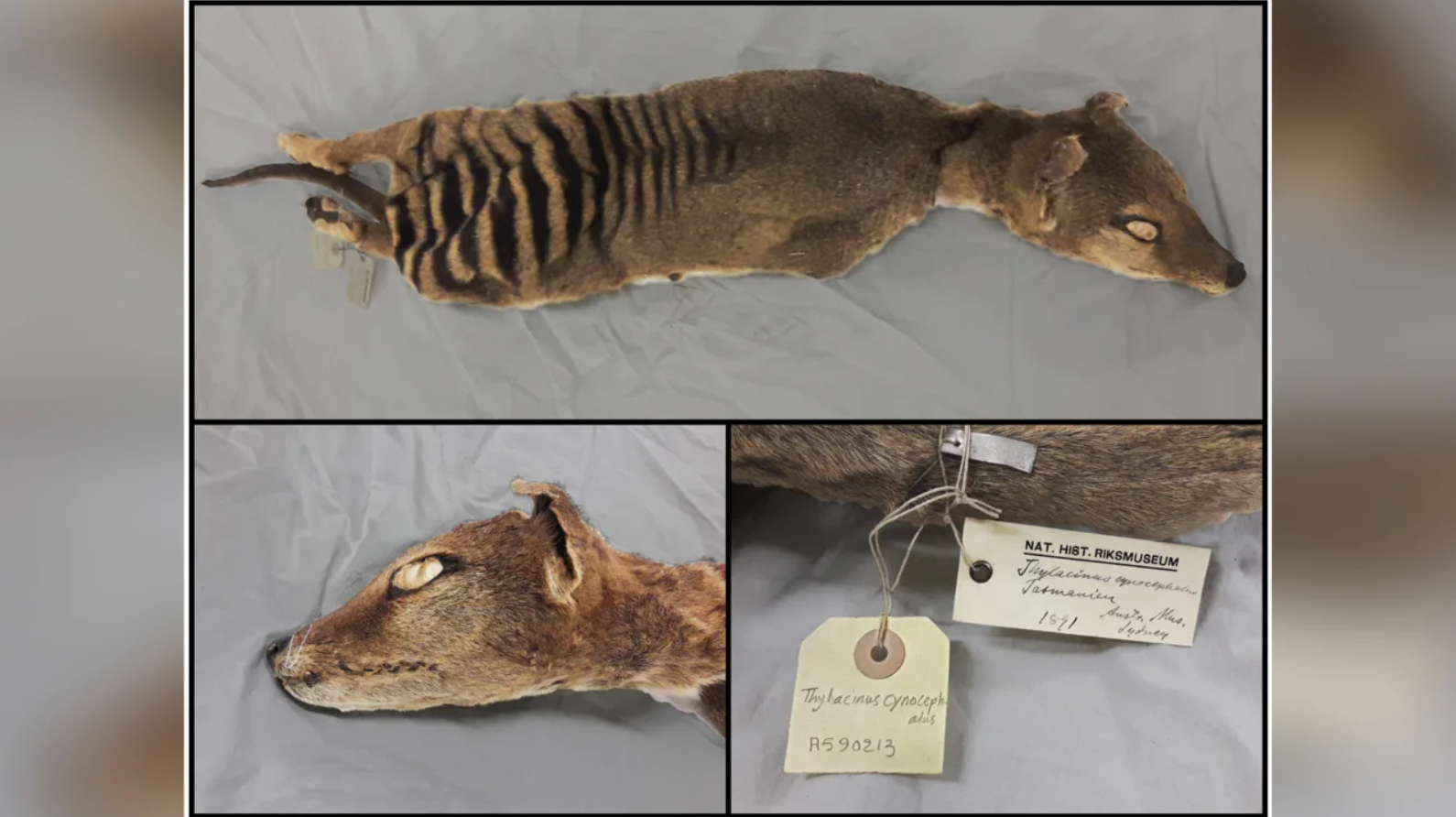
©Emilio Mármol Sánchez
Pre-reading questions:
- Have you ever heard about the Tasmanian tiger before?
- Do you know if the Tasmanian tiger is still alive today?
Vocabulary:
- ancient /EYN-shuhnt/
- death /deth/
- effort /EF-ert/
- challenge /CHAL-inj/
- creature /KREE-cher/
[adjective] – of or from a long time ago, having lasted for a very long time
People have lived in this valley since ancient times.
[noun] – the end of life
He never got over the death of his daughter.
[noun] – physical or mental activity needed to achieve something
If we could all make an effort to keep this office neater, it would help.
[verb] – to question the truth or validity of something, to invite or stimulate a person to engage in a contest, argument, or competition
The new evidence challenges the traditional theory of gravity, prompting scientists to reconsider their understanding of the fundamental forces in the universe.
[noun] – any large or small living thing that can move independently
Rainforests are filled with amazing creatures.
Article reading:
True or False:
- Geneticists extracted ancient RNA from the Tasmanian tiger specimen.
- The Tasmanian tiger went extinct 2,000 years ago due to hunting.
- The primary aim of the research is to bring the Tasmanian tiger species back to life.
- This discovery challenges the belief that only DNA can survive for a long time.
- RNA provides a deeper understanding of an extinct species’ biology compared to DNA.
Fill in the blanks:
| ancient | death | effort | challenge | creature |
- The study of _________ civilizations like the Egyptians and Mayans allows us to glimpse into the past.
- In mythology, the phoenix is a mythical _________ that rises from its own ashes.
- The team puts a lot of _________ into building a sustainable future for the community.
- Her groundbreaking research __________ the prevailing notion that emotions are solely driven by individual experiences
- The mystery surrounding the _________ of the famous explorer still intrigues historians today.